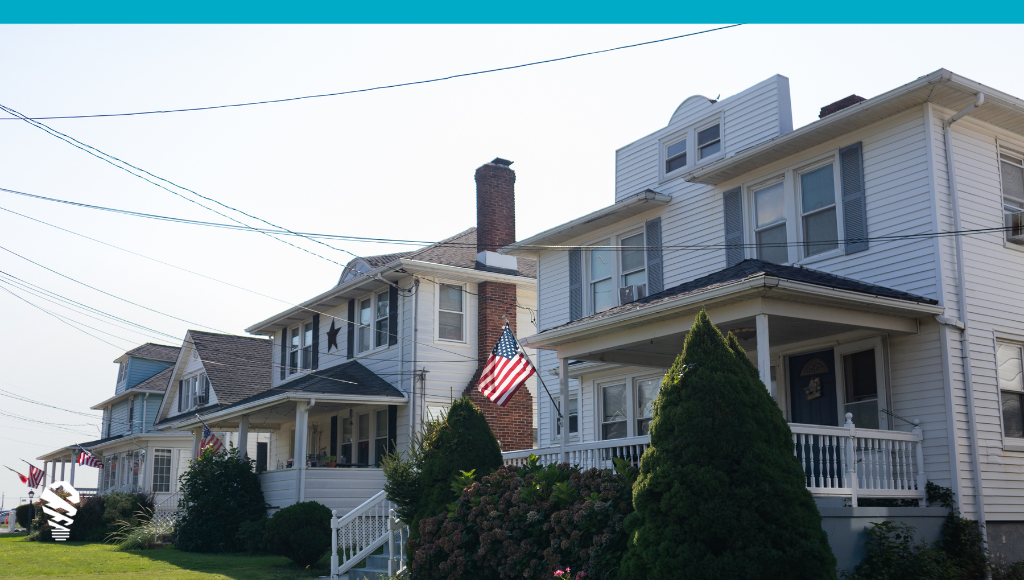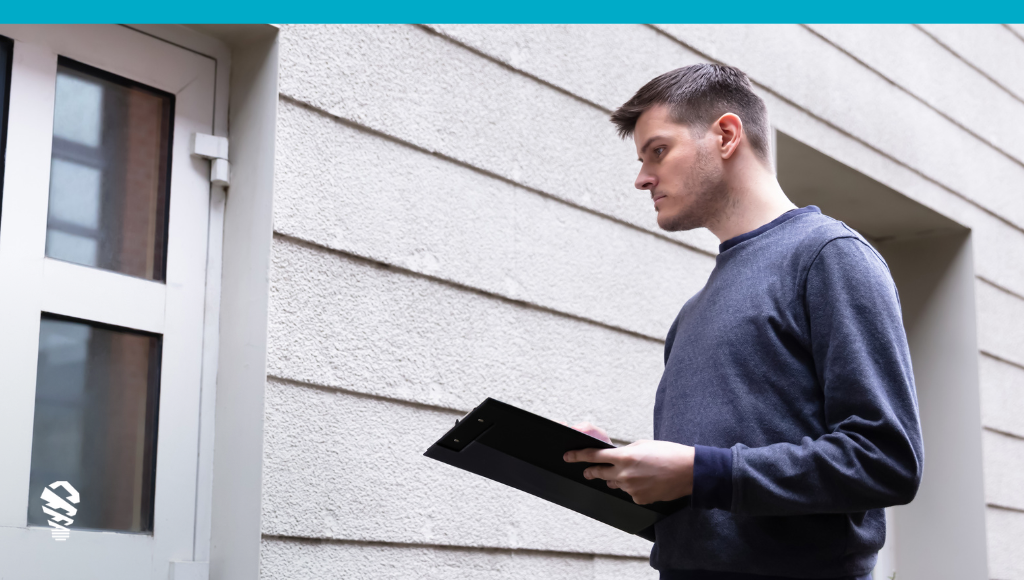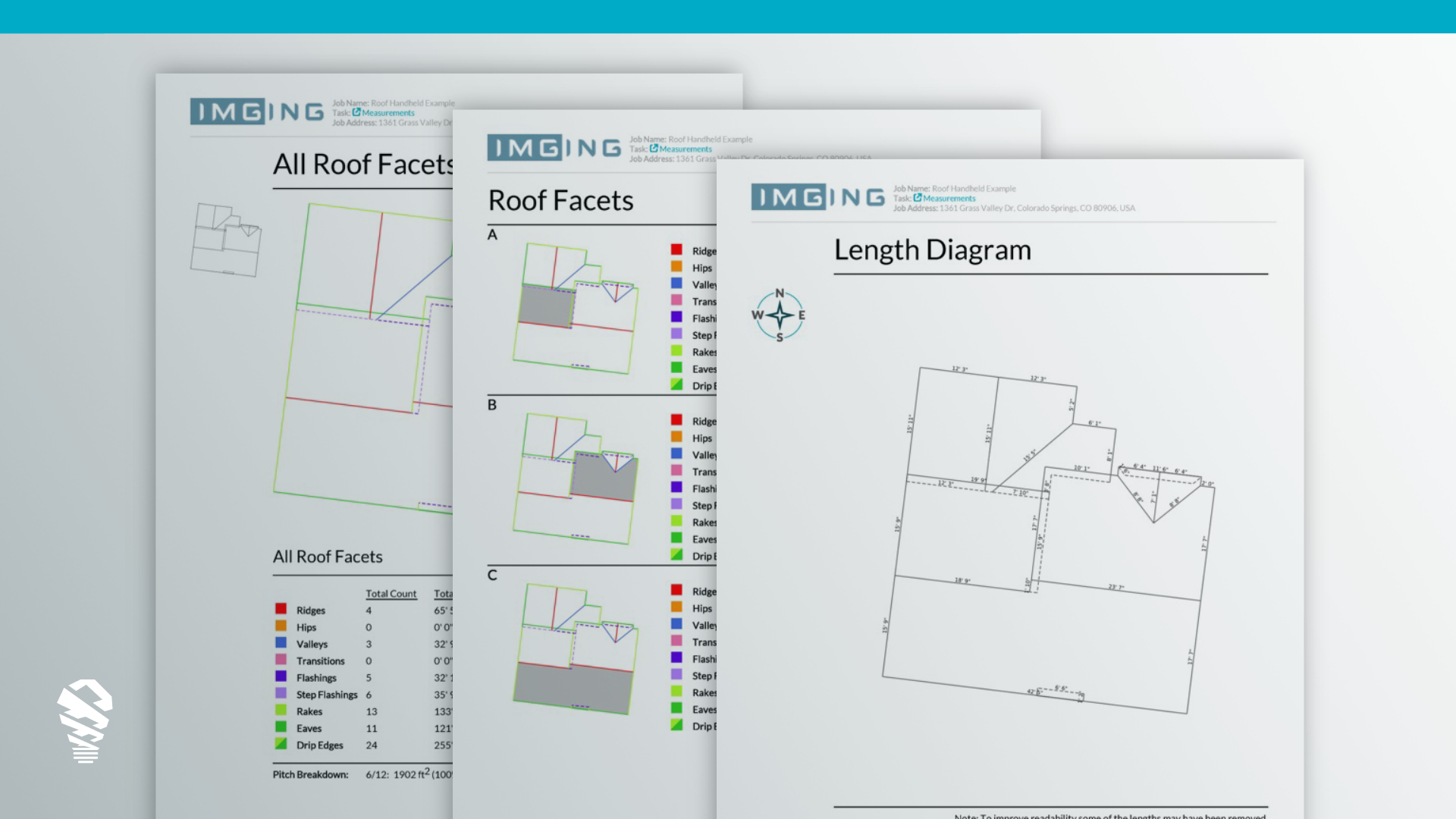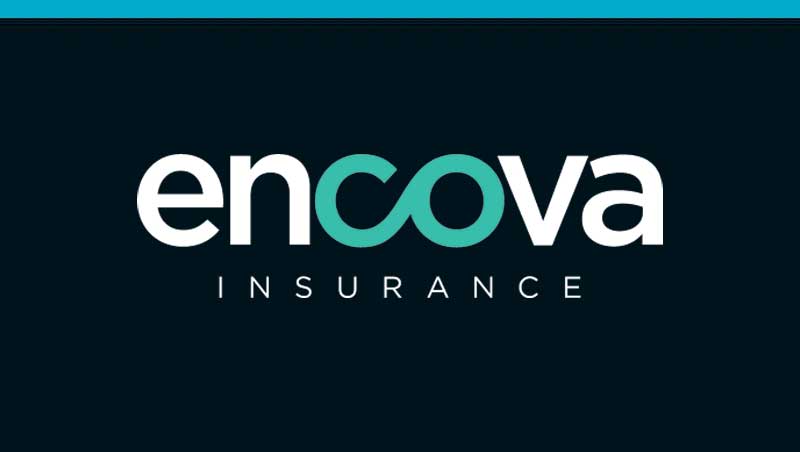Table of Contents
Introduction
Owning a roofing business goes way beyond just fixing up roofs. It’s not just a job; it’s about safeguarding homes and shaping a solid business venture. This opportunity is your ticket to making an impact and achieving financial stability. Of course, starting any business comes with its own set of hurdles, but armed with careful planning, a strong commitment, and smart strategies, you can elevate your roofing business to new heights. Let’s get into the nuts and bolts of building your roofing business from the ground up.
Setting Up the Business
Choosing the right roofing business model is a critical decision that can significantly impact your company’s success and longevity. The roofing sector offers a variety of opportunities, each with its unique advantages and challenges. Your choice should align with your goals, resources, and the specific demands of your target market. target market. Whether you aim to serve residential homeowners, commercial clients, or specialize in green roofing solutions, selecting the ideal business model is crucial. This decision requires careful consideration, thorough market research, and a clear understanding of your strengths as a roofing professional. Here are several roofing business models to consider:
Residential Roofing: Specialize in residential roofing projects. This can include repairs, replacements, and new installations for homeowners. This model often requires a strong local presence and marketing to reach homeowners in your area.
Commercial Roofing: Focus on commercial properties like office buildings, warehouses, and industrial facilities. Commercial roofing projects are often larger and more complex, which can lead to higher profits.
Storm Damage and Insurance Claims: Specialize in repairing roofs damaged by storms, hail, or other natural disasters. Work with insurance companies to process claims on behalf of your clients. This model can be lucrative in regions prone to severe weather.
Green Roofing: Offer eco-friendly roofing solutions, such as cool roofs, solar panels, or green roofing systems. This model appeals to environmentally conscious customers and may also qualify for government incentives and grants.
Roof Maintenance and Inspections: Provide regular roof maintenance services and inspections for homeowners and businesses. Preventative maintenance can extend the lifespan of roofs and save clients money in the long run.
Franchise Roofing Business: Consider joining a roofing franchise, which provides brand recognition, training, and support. This can be a good option for entrepreneurs who want a proven business model.
Roofing Repair Services: Specialize in roof repairs, including fixing leaks, damaged shingles, and flashing. This model is often less capital-intensive than full roof replacements.
Custom Roof Design and Installation: Offer custom roofing solutions, such as unique architectural designs or specialty materials. This model caters to clients looking for distinctive roofing options.
Roofing Consulting and Engineering: Provide consulting services to property owners, architects, and builders, offering expertise in roof design, engineering, and project management.
Vertical Integration: Combine roofing services with related services like gutter installation, insulation, or siding installation to offer clients a complete exterior renovation package.
When choosing a roofing business model, it is important to conduct thorough market research, assess your competition, and consider your skills and resources. Additionally, understanding local building codes and regulations is important to ensure compliance and success in the roofing industry. Finally, a strong focus on customer satisfaction, quality workmanship, and safety is essential for long-term success in any roofing business model.
Market Research
Market research is the foundation of any successful business. It involves understanding your target market, identifying demand, and analyzing your competition. Conduct a thorough analysis of the roofing industry in your region to identify potential niches and areas of opportunity. Determine the types of roofing services in high demand and the preferences of your potential customers.
*Tip: Reach out to local homeowners, contractors, and real estate professionals to gather insights about the roofing needs in your area.
Legal & Regulatory Steps
Before you begin operations, you need to navigate the legal and regulatory aspects of starting a business. This includes choosing a suitable business structure such as an LLC (Limited Liability Company) or Corporation, acquiring the necessary licenses and permits, and obtaining insurance coverage for your roofing business.
Choosing the right legal structure for your roofing business is a fundamental decision that can have significant implications for your operations, taxation, and financial flexibility. The three most common business structures for roofing companies are Limited Liability Company (LLC), S Corporation (S Corp), and C Corporation (C Corp), each with its own set of advantages and drawbacks.
LLC (Limited Liability Company)
Pros:
- Simplicity for Taxes: An LLC is considered a pass-through entity for tax purposes, meaning profits and losses flow through to the owners’ tax returns. This simplicity can reduce paperwork and taxation complexity.
- Limited Liability: Members of an LLC enjoy limited personal liability, protecting their assets from business debts and legal claims.
- Flexibility: LLCs offer flexibility in management and ownership structures, making it a suitable choice for small businesses.
Cons:
- Limited Access to Capital: Raising capital can be more challenging for an LLC compared to a corporation, as it cannot issue stock to raise funds.
- Less Formality: Some entrepreneurs may find the informality of an LLC structure to be a disadvantage, especially if they prefer a more structured business environment.
S Corporation (S Corp)
Pros:
- Pass-Through Taxation: Like an LLC, an S Corp is a pass-through entity, allowing business profits and losses to pass through to the owners’ tax returns.
- Limited Liability: S Corp shareholders have limited personal liability for business debts.
- Credibility: Having an S Corp designation can lend credibility to your roofing business, which can be beneficial when dealing with clients and partners.
Cons:
- Restrictions on Ownership: S Corps have restrictions on ownership, such as the number and type of shareholders, which can limit growth opportunities.
- Administrative Requirements: S Corps requires more formalities and paperwork than LLCs, including holding regular shareholder meetings and keeping detailed records.
C Corporation (C Corp)
Pros:
- Access to Capital: C Corps can raise capital by selling shares of stock, making it an attractive option for entrepreneurs looking to attract investors.
- Separate Legal Entity: A C Corp is a separate legal entity, offering the most robust protection of personal assets from business liabilities.
- Equity Splitting: C Corps allows for more sophisticated equity splitting, which can be advantageous when dealing with multiple partners or investors.
Cons:
- Double Taxation: C Corps face double taxation, where the corporation pays taxes on its profits, and shareholders pay taxes on dividends received. This can result in higher overall taxation.
- Compliance and Formalities: C Corps have more stringent compliance and reporting requirements, which can be administratively burdensome and costly for small businesses.
In addition to selecting the right business structure, there are other regulatory steps in starting your roofing business including business registration, obtaining licenses and permits, and securing insurance coverage to protect both your business and clients.
Business Registration: Register your business with the appropriate government authorities based on your chosen business structure. This step provides legal recognition to your company.
Licenses and Permits: Obtain the required licenses and permits to operate as a roofing contractor in your area. These can include contractor licenses, building permits, and environmental permits.
Insurance Coverage: Protect your business and clients by securing adequate insurance coverage, including liability insurance and worker’s compensation insurance. Adding drones to your business lowers worker comp rates by getting your sales team off roofs. Click here to see how you can save thousands of dollars on workers comp premiums.
By diligently navigating these legal and regulatory steps, including consultations with legal and financial experts to assess your specific requirements and goals, you will establish a secure foundation for your business operations. Once you have the legalities in place, it’s time to talk numbers.
Financial Planning
Sound financial planning is essential to ensure your roofing business’s sustainability and growth. Start by estimating your initial capital and investment requirements, considering equipment, tools, marketing efforts, and operational costs.
Initial Capital: Determine how much capital you’ll need to cover startup costs, such as purchasing tools, safety equipment, and initial marketing expenses.
Business Bank Account: Open a dedicated business bank account to keep your business finances separate from your personal finances. This helps with accurate financial tracking and reporting.
Bookkeeping System: Implement a reliable bookkeeping system to track income, expenses, and profits. This can be done using accounting software or by hiring a professional bookkeeper.
Although important, a business isn’t just numbers; it’s about the people, too. Remember, the strength of your roofing company lies in the hands and hearts of those who work with you. From the administrative staff who manage your day-to-day operations to the skilled roofers scaling heights and braving the elements, each team member plays a crucial role.
Assemble a Team
One of the critical decisions you will face when assembling a roofing team for your business is whether to hire employees or work with subcontractor crews. Each approach has its own set of advantages and challenges, and the choice you make can significantly impact the success and dynamics of your roofing company.
Employee (W4) Roofing Crews
Pros:
- Control and Consistency: Employees are under your direct control, allowing you to maintain consistency in work quality, adherence to safety standards, and customer service. You can establish company-specific training programs and protocols to ensure a unified approach to roofing projects.
- Long-term Commitment: Employees may be more likely to develop a long-term commitment to your roofing business. This can lead to a sense of loyalty, increased job satisfaction, and a stable workforce.
- Easier Training and Development: With employees, you can invest in ongoing training and skill development. This can help your team stay updated on the latest industry practices and technologies, improving the quality of your work.
- Brand Image: An in-house team of employees can enhance your brand image and reputation for reliability and professionalism in the eyes of clients.
Cons:
- Higher Overhead Costs: Employing full-time roofing crews can lead to higher overhead costs, including salaries, benefits, and insurance. These costs can be substantial, especially during slow seasons.
- Administrative Burden: Managing employees involves administrative tasks such as payroll, taxes, and HR responsibilities, which can be time-consuming and require expertise.
- Limited Flexibility: Employing a fixed number of workers can limit your flexibility to handle fluctuations in workload. During busy periods, you may have excess capacity, while slow periods can lead to underutilization of your team.
Subcontractor Roofing Crews
Pros:
- Cost Efficiency: Subcontractors are typically paid on a project-by-project basis, allowing you to manage labor costs more flexibly. You only pay for the labor needed for specific jobs, reducing overhead during slow times.
- Specialized Skills: Subcontractors often bring specialized skills and experience to the table, which can be beneficial for complex or niche roofing projects.
- Scalability: Working with subcontractors enables you to scale your workforce up or down as needed to meet project demand without the long-term commitment of hiring full-time employees.
- Reduced Administrative Burden: Subcontractors are responsible for their own taxes, insurance, and benefits, relieving you of some administrative tasks.
Cons:
- Less Control: Subcontractors operate independently, which means you have less control over their work processes, schedules, and quality standards. Maintaining consistency can be challenging.
- Potentially Variable Quality: The quality of work can vary among subcontractors, so it’s essential to carefully vet and select reputable subcontracting partners.
- Limited Loyalty: Subcontractors may not have the same level of loyalty to your business as employees, which can affect the overall culture and reliability of your team.
Ultimately, the choice between employing a roofing crew as employees or subcontractors will depend on your business goals, financial resources, and the specific demands of your market. Some roofing companies use a combination of both approaches to balance cost-effectiveness, flexibility, and quality control. Whichever path you choose, investing in proper training and ongoing education for your team, whether employees or subcontractors, remains essential to delivering top-notch workmanship and ensuring safety compliance in the roofing industry.
Securing Suppliers & Partnerships
With any roofing business, it is important to establish partnerships with reputable suppliers of roofing materials. This will ensure that you have a steady supply of high-quality products, and it can also help you negotiate favorable terms that will optimize your costs and maintain consistency in your services.
There are several reasons why it’s important to partner with reputable suppliers of roofing materials:
- Quality: Reputable suppliers will sell high-quality products that are backed by a warranty. This means that you can be confident that your customers are getting the best possible roofing materials, and it also means that you’re less likely to have to deal with warranty claims.
- Reliability: Reputable suppliers will be reliable and deliver your materials on time and in full. This is important because it will help you to avoid delays in your projects and keep your customers satisfied.
- Expertise: Reputable suppliers can provide you with expert advice and support on a variety of roofing topics. This can be especially helpful if you’re new to the roofing business or if you’re working on a complex project.
- Pricing: Reputable suppliers may be willing to offer you discounted rates on roofing materials, especially if you’re a regular customer. This can help you to save money on your costs and improve your profit margins.
When negotiating terms with roofing suppliers, it’s important to be prepared. Here are a few tips:
- Before you start negotiating, it’s important to do your research and understand the market. This will help you to know what kind of terms are fair and reasonable.
- It’s always a good idea to get multiple quotes from different suppliers before you decide. This will give you a better idea of what the market is like and help you to negotiate the best possible price.
- Don’t be afraid to negotiate with suppliers. They are often willing to offer discounts, especially if you’re a regular customer or if you are placing a large order.
- It is important to be professional and respectful when you’re negotiating with suppliers. This will help you to build a good relationship with them and make it more likely that they’ll be willing to work with you on price and other terms.
By establishing partnerships with reputable suppliers of roofing materials and negotiating favorable terms, you can ensure that you have a steady supply of high-quality products at a competitive price. This will help you to save money on your costs, improve your profit margins, and provide better service for your customers.
Between securing quality materials and ensuring the job is done right, there’s an often overlooked but equally crucial aspect of running a successful roofing business: making sure people know who you are.
Marketing & Branding
Creating a robust brand identity and executing a successful marketing strategy play a pivotal role in attracting clients, establishing trustworthiness, and expanding your business. In this segment, we’ll explore the fundamental components of marketing and branding tailored to your roofing enterprise.
- Brand Identity
Logo, Slogan, and Company Colors: Your logo, slogan, and company colors are the visual elements that will represent your roofing business. Create a memorable logo that reflects the essence of your services. Your slogan should convey your company’s values and unique selling proposition. Choose company colors that evoke trust and professionalism, which are essential traits in the roofing industry.
Online Presence: In today’s digital age, having a strong online presence is non-negotiable. Develop a professional website that showcases your services, portfolio, client testimonials, and contact information. A well-designed website can instill confidence in potential clients and serve as a hub for inquiries and appointments.
Social Media: Establish profiles on popular social media platforms such as Facebook, Instagram, and LinkedIn. Regularly update your social media accounts with relevant content, such as roofing tips, before-and-after photos, and industry news. Engage with your audience by responding to comments and messages promptly.
2. Marketing Strategy
Online Advertising: Leverage online advertising platforms to reach potential clients where they spend a significant amount of their time. Google Ads allows you to target specific keywords related to roofing services, ensuring that your business appears at the top of search results when someone is looking for roofing contractors. Facebook and Instagram ads enable you to reach a local audience based on demographics, interests, and behavior.
Local Advertising: Don’t underestimate the power of local advertising, especially in the early stages of your roofing business. Distribute flyers in neighborhoods where you’ve completed projects or where you’re actively working. Community bulletin boards, local newspapers, and magazines are also effective channels for promoting your services.
Networking: Attend local business events, trade shows, and industry conferences to connect with other professionals and potential clients. Building relationships within your community can lead to referrals and partnerships that contribute to your business’s growth.
Customer Testimonials: Positive feedback from satisfied clients can significantly impact your roofing business’s reputation. Encourage happy customers to leave reviews on your website, social media, and relevant online platforms. Testimonials provide social proof and build trust with potential clients.
Track and Analyze: Regularly monitor the performance of your marketing efforts. Use analytics tools to measure the effectiveness of your online ads, track website traffic, and assess engagement on social media. Adjust your strategies based on the data you gather to optimize your marketing campaigns.
Marketing and branding are essential components of your roofing business’s success. A strong brand identity and a well-executed marketing strategy can help you stand out in a competitive market, attract a steady stream of clients, and build a loyal customer base. By investing time and effort into creating a compelling brand and implementing effective marketing tactics, you’ll be well-positioned to grow your roofing business and achieve success. Remember, consistency and adaptability are key as you navigate the ever-evolving landscape of marketing. .
Referral Programs and Sales Strategies
The journey does not end with setting up a strong brand identity and implementing an effective marketing strategy. To achieve sustained growth, you must also master the art of customer acquisition and sales. This section delves into two vital aspects—referral programs and sales strategies—essential for propelling your roofing venture forward.
- Referral Programs
Word-of-mouth marketing is a potent tool that can generate a steady stream of leads and customers. By implementing a well-structured referral program, you can tap into your existing satisfied customers to spread the word about your roofing services.
Encourage your current clients to refer friends, family, and colleagues to your business. Incentivize referrals with discounts, free services, or other rewards that make it worth their while. An effective referral program not only boosts your customer base but also strengthens your reputation as a reliable and reputable roofing contractor.
2. Sales & Customer Acquisition
Lead Generation
Inbound Strategies (SEO, Content Marketing): Optimize your website for search engines to ensure your roofing business appears prominently in relevant online searches. Create valuable content, such as informative articles and guides related to roofing, to establish your expertise and attract potential clients to your website.
Outbound Strategies (Cold Calling, Events): Don’t shy away from proactive outreach. Consider cold calling or contacting property owners who might need roofing services. Participate in local events, trade shows, and workshops to directly engage with potential clients and showcase your expertise.
Initial Contact & Sales Pitch
Promotions/Offers: Everyone loves a good deal. Offer limited-time promotions or discounts to entice potential clients to choose your roofing services. Clear and compelling offers can be the tipping point that converts a lead into a paying customer.
Demonstrating Expertise & Trustworthiness: During the initial contact with a potential client, focus on demonstrating your expertise and building trust. Share success stories, case studies, and before-and-after images of your past roofing projects. Address their concerns and provide solutions that showcase your commitment to delivering high-quality work.
A successful roofing business hinges on your ability to not only attract clients but also convert them into loyal customers. Referral programs leverage satisfied customers to expand your reach, while effective sales strategies ensure you make a strong impression from the first contact. As you combine these approaches with a solid brand identity, a well-executed marketing strategy, and a skilled team, you’ll be well-equipped to achieve your business’s full potential.
From acquiring customers through referrals and strategic sales to the hands-on services you provide, every aspect of your roofing business is intertwined.
Roofing Inspections
Just as a doctor wouldn’t prescribe medicine without a diagnosis, a roofing expert never starts a job without a thorough roof inspection. This foundational process helps gauge the state of a roof and is key to offering clients accurate solutions and estimates. Whether you’re identifying wear and tear or assessing damage after a storm, thorough roof inspections ensure that every project begins on the right foot.
Scheduling & Coordination: Efficiently managing scheduling and coordination is essential in the roofing business. The ability to set up inspections promptly and align them with clients’ availability ensures a smooth process that respects their time and priorities.
Assessing the Best Roofing Solutions: Armed with the insights gathered during on-site evaluations, your expertise comes into play. Assessing and presenting the best roofing solutions to your clients showcases your ability to tailor your services to their specific needs. This step not only educates clients but also empowers them to make informed decisions about their roofing needs.
IMGING‘s advanced capabilities allow you to go beyond the surface, using AI to inspect the intricacies of each roof. This level of detail empowers you to tailor your services to your client’s specific needs. By presenting them with a comprehensive view of their roof’s condition, you not only educate clients but also enable them to make informed decisions about their roofing requirements.
Incorporating IMGING into the inspection process elevates your ability to provide accurate assessments and recommendations. This not only enhances the professionalism of your services but also builds trust with clients, positioning your roofing business as a reliable and knowledgeable partner in their roofing endeavors.
IMGING and Xactimate Integration
When it comes to roofing inspections, precision and efficiency are key. Every detail matters, from capturing accurate imagery to crafting comprehensive reports that guide the way forward. Enter the powerful combination of IMGING and Xactimate, a dynamic duo that takes roofing inspections and reporting to a whole new level.
Seamless Data Flow
The IMGING + Xactimate integration creates a seamless flow of data from your inspection to your reports. With IMGING’s state-of-the-art capabilities, including AI-driven assessments and detailed imagery, you’re equipped with a wealth of information about the roof’s condition. This data seamlessly integrates with Xactimate, allowing you to leverage it in your reports without the need for manual data entry or time-consuming transfers.
Effortless Report Building
Building comprehensive reports has never been this effortless. With Xactimate’s user-friendly interface, you can quickly transform the data from your IMGING inspection into detailed reports that provide a clear picture of the roofing project. This integration streamlines the process, saving you valuable time and reducing the risk of errors that can occur during manual data input.
Accurate Estimates
In the roofing industry, accuracy is paramount, especially when it comes to estimates. IMGING’s detailed roof assessments, combined with Xactimate’s precision in estimating costs, ensure that your reports provide clients with accurate and reliable estimates.
The integration of IMGING and Xactimate goes beyond convenience; it provides roofing professionals with a holistic view of each project. IMGING captures detailed imagery and measurements, while Xactimate adds crucial financial and material aspects. This comprehensive approach empowers professionals to make informed decisions, as they have access to all the data necessary to understand the scope of a project fully.
Working with Insurance
Working seamlessly with insurance companies is a cornerstone of a successful roofing business. By mastering these aspects of the process, you not only ensure that your clients receive the support they need but also position your business as a reliable partner in their time of need. In the next section of our guide, we’ll navigate insurance-related matters in the roofing industry, ensuring a smooth and successful collaboration for all parties involved.
Understand Client’s Policy
Before you begin any roofing project, it’s crucial to have a comprehensive understanding of your client’s insurance policy. Policies can vary significantly, and being well-versed in the specifics of your client’s coverage will allow you to tailor your approach accordingly. Take the time to go through the policy details with your client, ensuring you both have a clear understanding of what’s covered, what isn’t, and any deductibles or limits in place. This proactive approach not only demonstrates your commitment to their best interests but also helps avoid surprises down the road.
Help the Client File a Claim, If Necessary
When the need arises, being a guiding hand in the insurance claims process can be invaluable for your clients. Many homeowners may not be familiar with the intricacies of filing a claim, which is where your expertise can shine. Assist your clients in documenting the damage, preparing the necessary paperwork, and submitting their claim. Your support in this phase can alleviate stress and ensure a smoother experience, reinforcing the trust between you and your clients.
Coordinate with Insurance Adjusters
Collaboration with insurance adjusters is a crucial step in the roofing process. Your role here is to provide the adjuster with a detailed assessment of the damage and the associated repair costs. The accuracy and transparency of your estimate will be an asset during these discussions. By working collaboratively and professionally with adjusters, you can help expedite the claim approval process, minimizing delays and inconveniences for your clients.
Finalize Payment and Coverage Details
Once the claim is approved, it’s time to finalize the payment and coverage details with the insurance company. Ensure that the scope of work and costs align with the approved claim and double-check that all parties are on the same page. Clear communication and meticulous attention to detail are essential here to avoid misunderstandings and disputes later on.
Working with insurance companies is not just about fulfilling a professional duty—it’s about going the extra mile to be the dependable partner your clients need. By understanding policies, assisting in the claims process, collaborating effectively with adjusters, and ensuring the final details align, you solidify your reputation as a roofing professional who takes care of every aspect of the job. Next, we’ll focus on getting you paid for all of the hard work you’ve been putting in
Bids and Contracting
Your journey to roofing success enters a pivotal phase when it’s time to present a detailed bid to your potential client. This document should reflect the scope of work and the professionalism and expertise of your roofing business. Walk your client through every aspect, explaining the materials, labor, timelines, and costs involved. A well-crafted bid not only builds confidence but also sets clear expectations for both parties.
- Negotiate Terms, If Needed
Negotiations are often a natural part of the bidding and contracting process. Sometimes, clients may have specific requirements or budget constraints that necessitate adjustments to the initial bid. Effective negotiation is about finding a win-win solution that satisfies both parties. With your expertise and Xactimate-generated estimates at your disposal, you can negotiate with confidence, ensuring that any changes are well-documented and understood by all parties involved.
- Secure the Contract
Once the terms have been agreed upon, it’s time to secure the contract. Contracts serve as the legal framework for your roofing project, outlining the responsibilities, timelines, payment schedules, and any other critical details. A well-drafted contract protects both you and your client, providing clarity and recourse in case of unforeseen circumstances. Secure contracts promptly to formalize your commitment to delivering exceptional roofing services.
While bids and contracts are tangible representations of what you offer, it’s the intangible essence of exceptional customer service that truly differentiates one roofing business from another.
Customer Service
Throughout the project, be readily available to address your client’s questions and concerns. Whether it’s clarifying project details, explaining a delay, or offering reassurance, clear and timely communication goes a long way in building trust. Your proactive approach to customer service sets you apart as a reliable partner who prioritizes your client’s satisfaction.
Update Client on Project Progress
Keeping your client informed about the progress of their roofing project is a simple yet powerful way to demonstrate your commitment to transparency and accountability. Regular updates, whether through phone calls, emails, or in-person meetings, help clients feel involved and in control. Share milestones, achievements, and any adjustments to timelines promptly to maintain a positive client relationship.
After-Sales Service & Warranty
Your commitment to customer satisfaction doesn’t end when the roofing project is complete. Providing after-sales service and honoring warranties is also important. Be responsive to any post-project concerns or issues and ensure that your clients are aware of their warranty coverage. This level of dedication to their long-term satisfaction will help to build a solid reputation.
Now that your clients are taken care of, it’s time to install the roof.
Roof Installation
The installation phase is where your commitment to excellence truly shines. It is the culmination of your dedication to precision and professionalism throughout the project. By orchestrating seamless schedules, adhering to industry best practices, and ensuring quality workmanship, you not only safeguard your reputation but also ensure the lasting satisfaction of your clients.
Feedback and Referrals
Schedule & Plan
The successful execution of a roofing project hinges on meticulous scheduling and planning. Collaborate closely with your client to establish a timeline that suits their needs and minimizes disruptions. Simultaneously, ensure all necessary materials, equipment, and resources are procured and ready to go. Clear communication with your client regarding the project’s schedule and progress is vital to maintaining their confidence and satisfaction.
Execution
When it comes to executing the roofing project, adherence to best practices and safety protocols is non-negotiable. Prioritize the safety of your crew, the property, and the occupants. Ensure that your team follows industry standards and guidelines for roofing installation, using their expertise to guarantee the highest quality workmanship. Regular inspections and quality control measures throughout the installation process are critical to achieving a durable and reliable roof.
Completion
As you near the completion of the roofing project, conduct a comprehensive post-installation inspection. This step is essential to verify that the work has been executed to the agreed-upon specifications and standards. Address any outstanding issues promptly, ensuring that the final product meets or exceeds your client’s expectations. Upon successful inspection, it’s time to hand over the completed project to your client. Provide them with all necessary documentation, warranties, and maintenance instructions, ensuring they are well-prepared to enjoy their new roof with confidence.
Feedback and referrals are the lifeblood of a thriving roofing business. By actively seeking feedback, encouraging referrals, and addressing any post-installation concerns, you not only maintain strong client relationships but also lay the foundation for sustainable growth and success.
Securing Future Business
The roof installation phase represents the culmination of your efforts in delivering exceptional roofing services. By effectively coordinating, executing, and completing projects with precision and professionalism, you not only uphold your reputation but also ensure the long-term satisfaction of your clients. Remember to secure future business by:
- Ask for Client Feedback
Client feedback is a valuable asset for any roofing business. After completing a project, make it a standard practice to ask your clients for their feedback. Encourage them to share their thoughts on the entire process, from the initial consultation to the final installation. Their insights can provide valuable information about areas where your business excels and areas that may need improvement. Plus, it demonstrates that you value their opinions and are committed to continuous improvement.
2. Encourage Referrals
Satisfied clients are often your best advocates. Encourage them to refer your roofing services to friends, family, and acquaintances who may need roofing work. Consider implementing a referral program that rewards clients for successful referrals. Word-of-mouth referrals can be a powerful tool for growing your roofing business and building a loyal client base.
3. Address Any Post-Installation Issues
Even with the most meticulous planning and execution, post-installation issues can occasionally arise. Whether it’s a minor concern or a more significant problem, it’s crucial to address these issues promptly and professionally. Your commitment to resolving any post-installation issues not only demonstrates your dedication to client satisfaction but also helps build trust and goodwill. Timely resolutions can turn a potentially negative experience into a positive one, solidifying your reputation as a reliable roofing service provider.
Securing future business is like planting seeds today for a bountiful harvest tomorrow. It’s all about fostering relationships, delivering consistent quality, and always keeping an ear to the ground for new opportunities. By exceeding client expectations and maintaining a proactive approach, you pave the way for repeat business, referrals, and a steady stream of new projects. Remember, every satisfied customer today could be the gateway to several more tomorrow!
Conclusion
Building a roofing business from the ground up is undoubtedly a journey marked by hard work and dedication. It encompasses essential components such as thorough market research, meticulous legal compliance, and the strategic cultivation of your brand, all of which contribute to laying a robust foundation. Amidst these challenges, technology like IMGING emerges as a vital asset. Whether it is helping you stand out from competitors through polished inspection reports or simplifying damage assessment for insurance adjusters, IMGING is here to support your growth trajectory. As you navigate the complexities of this industry, your commitment to excellence will continue to allow you to provide roofing services that endure the test of time and pave the way for a successful and prosperous future.









